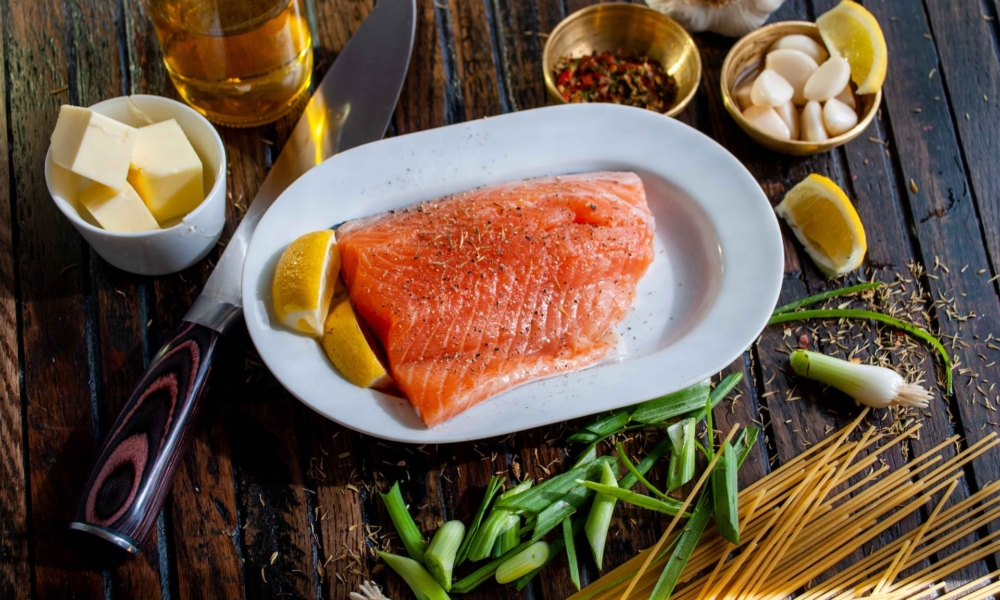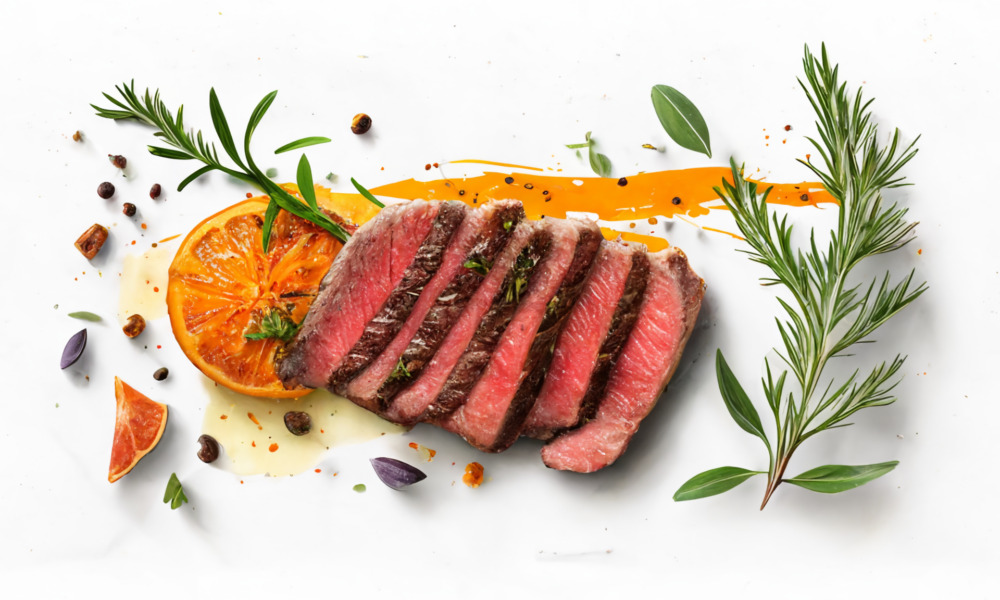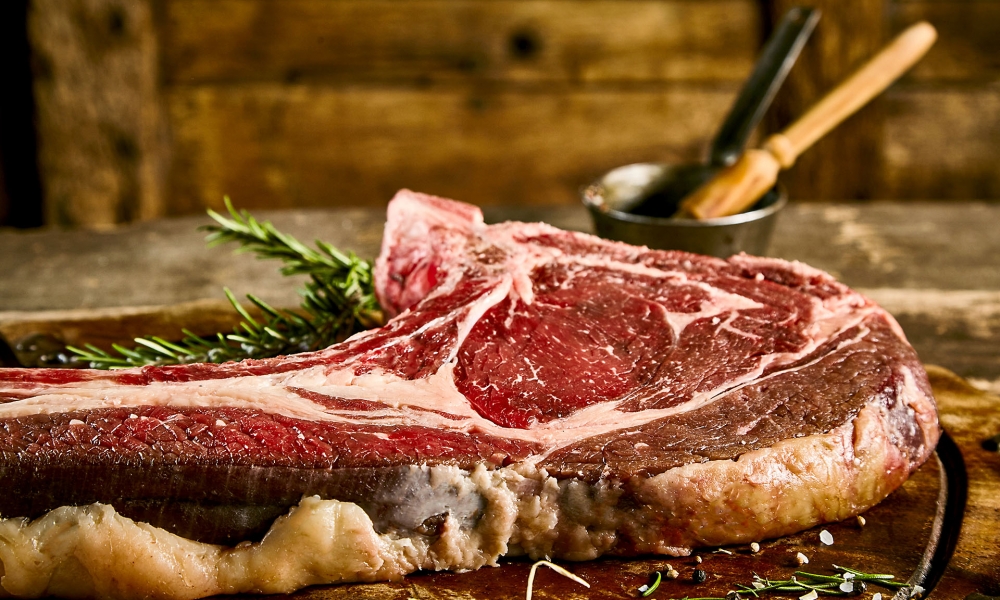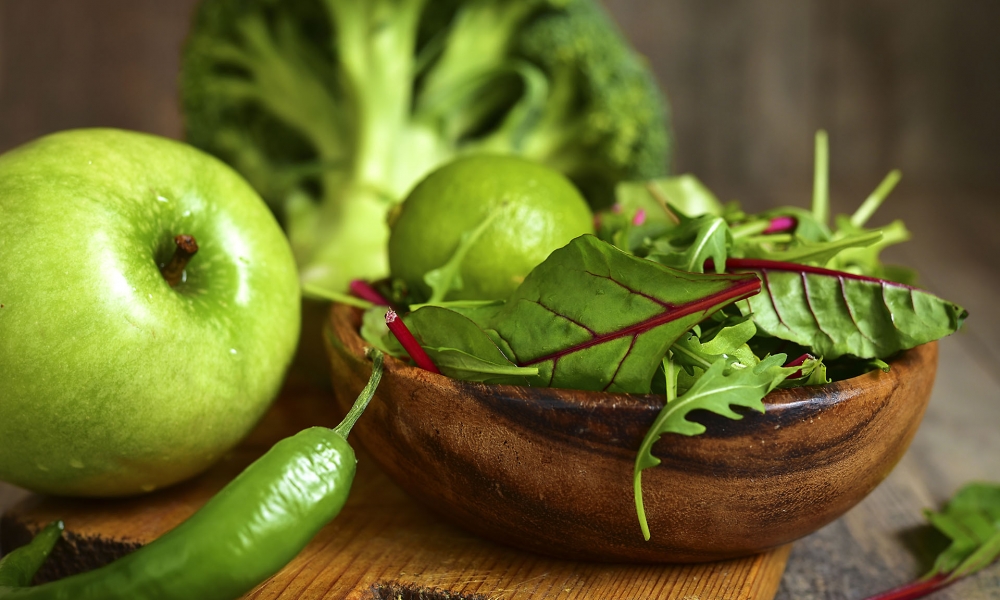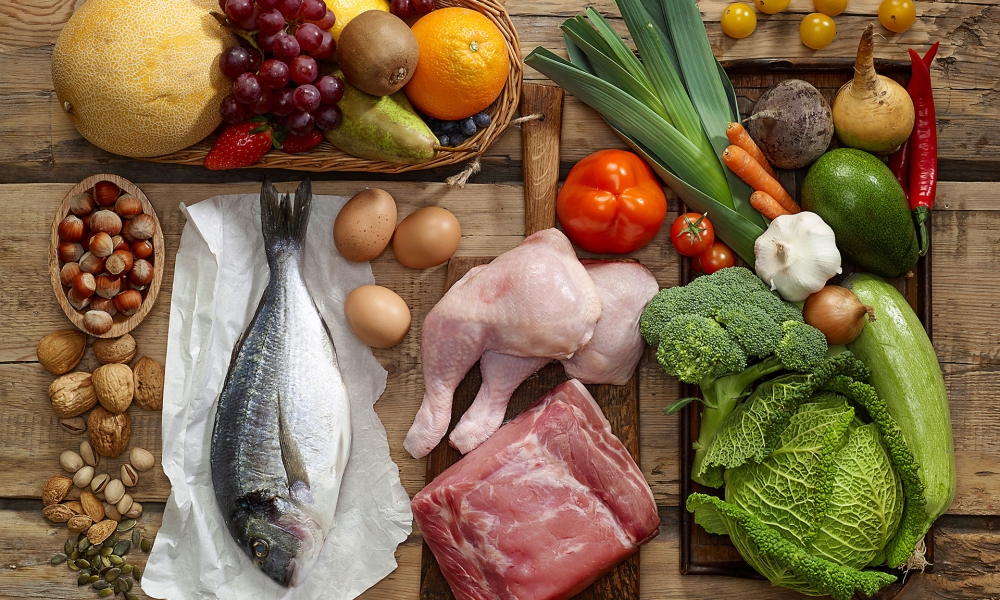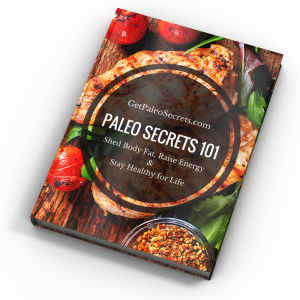The Paleo diet, also known as the Paleolithic or caveman diet, is a dietary plan that aims to mimic the eating habits of our ancestors during the Paleolithic era. The idea behind the Paleo diet is that our bodies are better adapted to the foods that our ancestors ate before the advent of agriculture and modern processed foods. As such, the Paleo diet emphasizes whole, unprocessed foods that are nutrient-dense and free from additives and artificial ingredients. In this article, we will discuss what foods are allowed on the Paleo diet.
Overview of the Paleo Diet
The Paleo diet emphasizes foods that were commonly available to our ancestors during the Paleolithic era. This includes meat, fish, vegetables, fruits, nuts, and seeds. The diet excludes processed foods, dairy products, grains, legumes, and refined sugars.
Foods to Eat on the Paleo Diet
Meat and Poultry
Meat and poultry are staple foods on the Paleo diet. Grass-fed and pasture-raised meat and poultry are recommended as they are leaner and contain more nutrients than conventionally raised meat. The following are some examples of meats and poultry that are allowed on the Paleo diet:
- Beef
- Pork
- Lamb
- Chicken
- Turkey
- Duck
- Game meat (e.g., venison, bison)
Fish and Seafood
Fish and seafood are also an important part of the Paleo diet. Fish and seafood are excellent sources of protein and omega-3 fatty acids, which are important for heart health and brain function. Wild-caught fish is preferred over farmed fish as it is higher in nutrients and lower in toxins. The following are some examples of fish and seafood that are allowed on the Paleo diet:
- Salmon
- Trout
- Tuna
- Halibut
- Shrimp
- Lobster
- Crab
- Clams
Vegetables
Vegetables are a rich source of vitamins, minerals, and fiber, and are an important part of the Paleo diet. Non-starchy vegetables are preferred over starchy vegetables as they are lower in carbohydrates. The following are some examples of vegetables that are allowed on the Paleo diet:
- Leafy greens (e.g., spinach, kale, collard greens)
- Cruciferous vegetables (e.g., broccoli, cauliflower, Brussels sprouts)
- Root vegetables (e.g., carrots, beets, turnips)
- Bell peppers
- Tomatoes
- Onions
- Garlic
Fruits
Fruits are a good source of vitamins, minerals, and fiber, and are allowed on the Paleo diet. However, fruits are also high in sugar, so they should be consumed in moderation, especially if you are trying to lose weight. The following are some examples of fruits that are allowed on the Paleo diet:
- Berries (e.g., strawberries, blueberries, raspberries)
- Apples
- Oranges
- Mangoes
- Pineapple
- Kiwi
- Melons
Nuts and Seeds
Nuts and seeds are a good source of protein, healthy fats, and fiber, and are allowed on the Paleo diet. However, they are also high in calories, so they should be consumed in moderation, especially if you are trying to lose weight. The following are some examples of nuts and seeds that are allowed on the Paleo diet:
- Almonds
- Walnuts
- Cashews
- Brazil nuts
- Macadamia nuts
- Pistachios
- Sunflower seeds
- Pumpkin seeds
Oils and Fats
Healthy fats are an important part of the Paleo diet. They help to maintain healthy cholesterol levels, promote satiety, and provide energy. The following are some examples
of oils and fats that are allowed on the Paleo diet:
- Coconut oil
- Olive oil
- Avocado oil
- Ghee (clarified butter)
- Grass-fed butter
- Lard
- Tallow
Herbs and Spices
Herbs and spices are allowed on the Paleo diet and can add flavor to your meals without adding calories or unhealthy additives. The following are some examples of herbs and spices that are allowed on the Paleo diet:
- Basil
- Rosemary
- Thyme
- Oregano
- Cumin
- Turmeric
- Garlic powder
- Onion powder
Foods to Avoid on the Paleo Diet
The Paleo diet excludes foods that were not commonly available to our ancestors during the Paleolithic era. This includes processed foods, dairy products, grains, legumes, and refined sugars.
Processed Foods
Processed foods are high in calories, unhealthy fats, and additives, and are not allowed on the Paleo diet. This includes:
- Processed meats (e.g., bacon, sausage, deli meat)
- Fast food
- Frozen dinners
- Chips and crackers
- Candy and sweets
- Soda and other sugary drinks
Dairy Products
Dairy products are not allowed on the Paleo diet as they were not consumed by our ancestors during the Paleolithic era. This includes:
- Milk
- Cheese
- Yogurt
- Cream
- Butter
Grains
Grains are not allowed on the Paleo diet as they were not commonly available to our ancestors during the Paleolithic era. This includes:
- Wheat
- Rice
- Corn
- Barley
- Oats
Legumes
Legumes are not allowed on the Paleo diet as they were not commonly available to our ancestors during the Paleolithic era. This includes:
- Beans
- Lentils
- Peas
- Soybeans
Refined Sugars
Refined sugars are not allowed on the Paleo diet as they are high in calories and have no nutritional value. This includes:
- White sugar
- Brown sugar
- High-fructose corn syrup
- Maple syrup
- Honey
Conclusion
The Paleo diet emphasizes whole, unprocessed foods that are nutrient-dense and free from additives and artificial ingredients. It includes meat, fish, vegetables, fruits, nuts, and seeds, and excludes processed foods, dairy products, grains, legumes, and refined sugars. By following the Paleo diet, you can improve your overall health, lose weight, and reduce your risk of chronic diseases.
